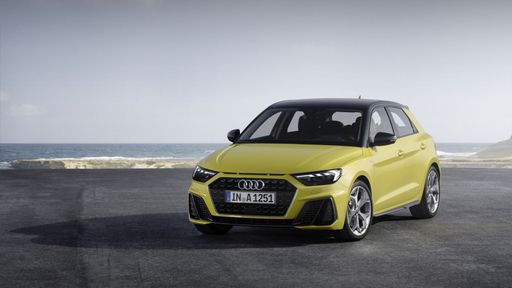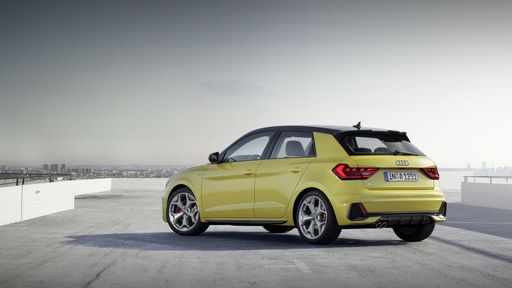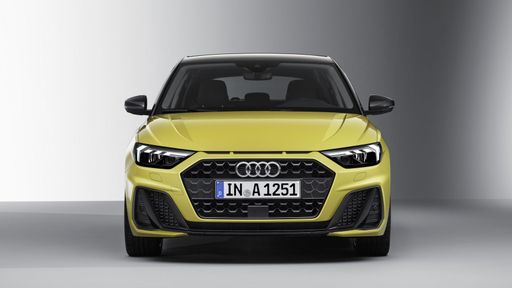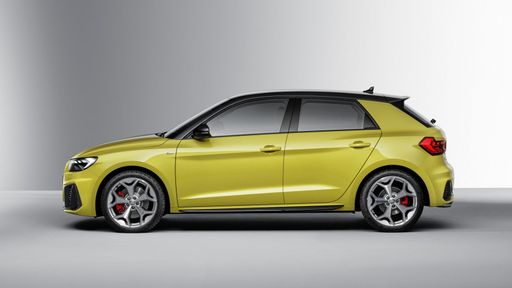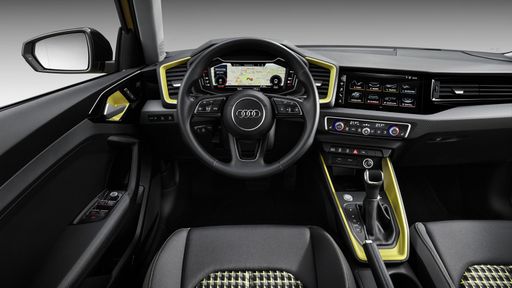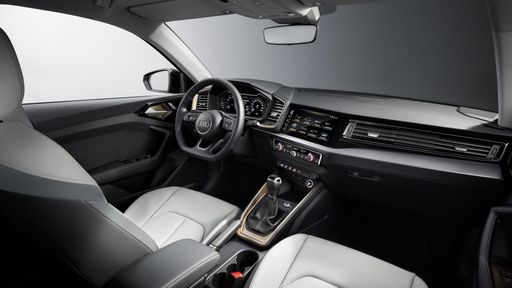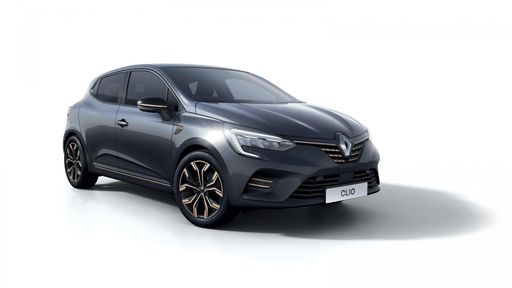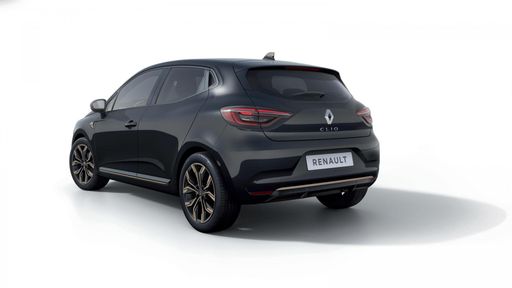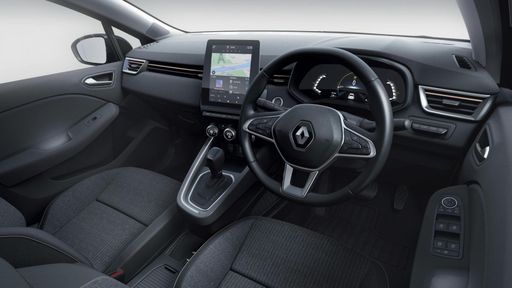Compact Hatchbacks Face-Off: Audi A1 vs. Renault Clio
In the ever-evolving landscape of hatchbacks, two contenders stand out: the Audi A1 and the Renault Clio. Both vehicles bring unique attributes and advanced features to the table, but which one should claim the top spot in your garage? Let’s delve into their technical aspects and innovations to help you make an informed decision.

